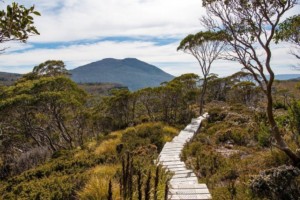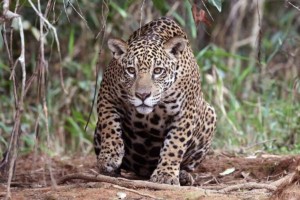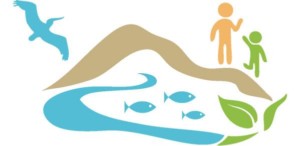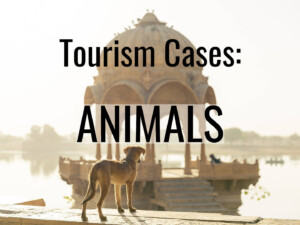Ecotourism & wildlife: To feed or not to feed?
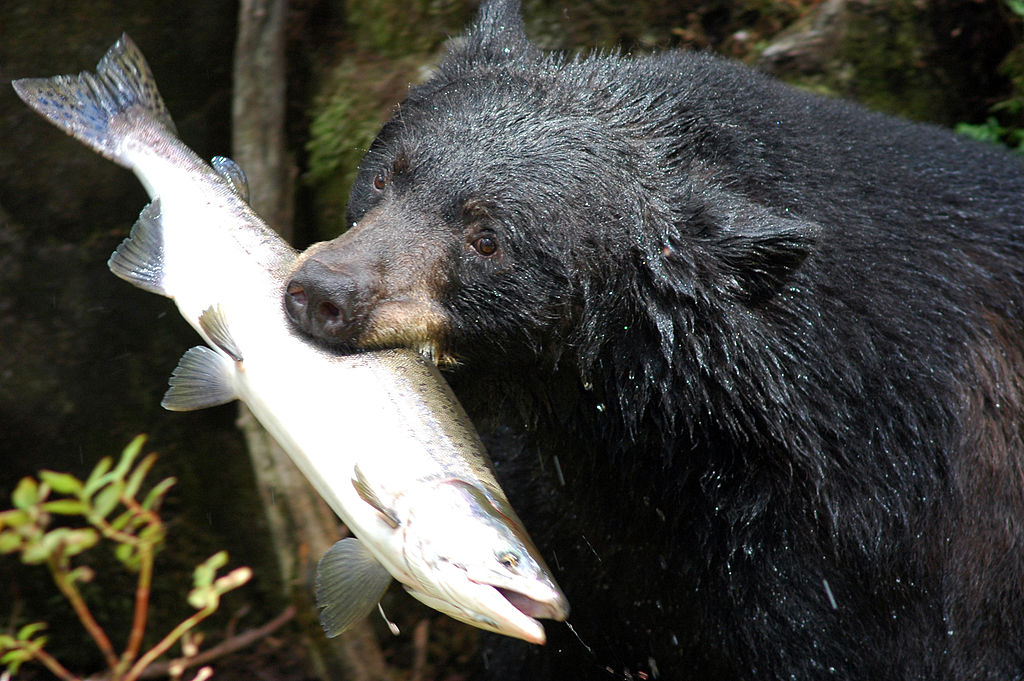
Whitney and his partner were themselves charged by the New Hampshire Department of Fish & Game with allegedly feeding bears on their property. Fish & Game said they had received multiple complaints about an increased bear presence in neighbourhoods near the couple’s home.
The Whitneys have since stopped feeding bears on their property but their idea to do it out in the woods as a tourism attraction has attracted some political and scientific support.
The question of whether wild black bears should be fed by humans or left to their own devices has divided bear biologists. According to the Sentinal Source, fish & game departments across the USA reckon residents should remove all incentives for bears to enter populated areas, including food, while some researchers argue that controlled feeding can sometimes be to the bears’ benefit.
Opponents of feeding say that it acclimates bears to humans, eliminates fear, and induces unpredictable and dangerous behaviour from bears looking for more food. Supporters of controlled feeding say that, if done strategically, the practice can divert bears away from populated areas and sustain healthy growth, an approach known as “diversionary feeding.”
Lynn Rogers, a bear biologist based in Minnesota, is the primary proponent of diversionary feeding. Rogers told the Sentinal Source that most of the arguments used by fish & game departments against feeding are rooted in misconception. Bears don’t leave the woods because they’re acclimated to humans. They leave the woods due to a scarcity of food. Feeding bears natural foods like seeds and nuts in situ sustains them through tough periods.
Andrew Timmins, a bear biologist for New Hampshire Fish & Game, argues that while diversionary feeding is useful in limited scenarios – where food is scarce and bears are running rampant – continual feeding adds to the likelihood of dangerous situations and may lead to overpopulation and long-term problems for the ecosystem.

New Jersey schoolteacher Amanda Brewer took this photo while cage diving off Seal Island in Mossel Bay, South Africa. The photo went viral and stirred up a debate about cage diving. Source: National Geographic Your Shot
Similar pro and con arguments have been raised around white shark cage diving. It is claimed by some that the sharks associate a food source – the chum, burley, and bait used to attract them – with boats and humans. Thus the practice leads to more shark attacks. Others point to research indicating that cage diving does not increase the risk.
Who is to be believed?
What we do know is that there are very few opportunities for the majority of people to get close to awe-inspiring species in their wild, natural habitats. Viewing platforms, shark cages, and similar products that rely on luring wild animals with food are by far the most affordable and accessible.
So rather than the outright banning of such products, why not closely regulate and monitor them according to the evolving scientific evidence for the species and habitat in question? What if “fish & game”, “parks & wildlife”, and equivalent government departments were the public-sector partners in such ventures, if not the operators themselves?
By taking a pragmatic and adaptable scientific approach the positives of such products may well outnumber the negatives; and the eco-inspirational and enviro-educational potential of such experiences will be a better match for the creature-feature sensational.
What do you think?
Source: This post is based on a brief summary of a news article in the Sentinal Source. Please read the full article for more detail and quotes. Featured image: Black bear with salmon by unknown via Wikimedia.
Related posts


